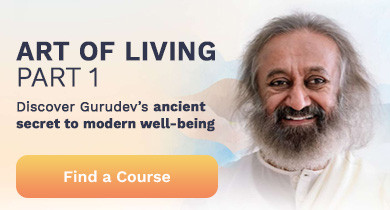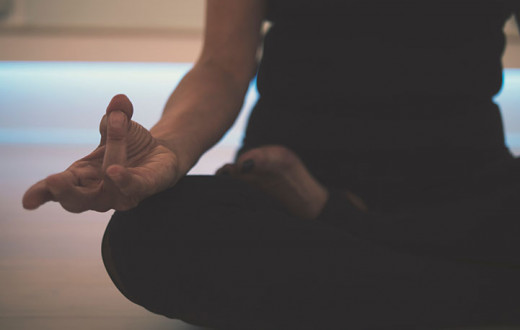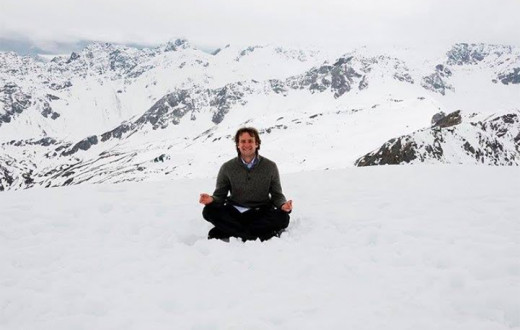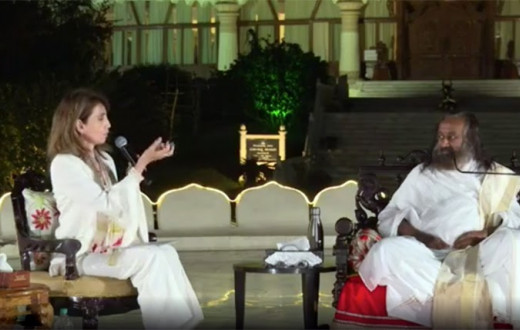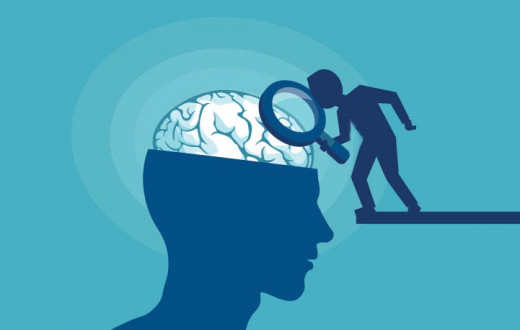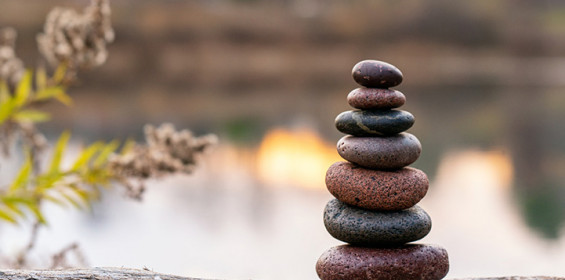By Jim Larsen
After 45 years of teaching meditation, Jim Larsen shares his perspective about how you can reconnect with your purest, happiest inner nature.
We are not born with anger, depression, or anxiety. There’s a cause for it developing. If there is a cause, there can be a cure!
As babies, we don’t have a lot going on in our minds, and this allows a baby to fully connect on the feeling level. If a baby cries it’s because they feel some pain. A baby needs a reason to be unhappy. But a baby needs no reason to be happy. Happiness is the default state. For a baby pain is typically from being hungry, wet, cold or tired but they automatically return to a state of immense inner joy once you take care of any of those.
Babies show us that we’re born with an inner nature that is joy and love. Why don’t adults experience this state? Because as we age, our memory accumulates more and more impressions and negative emotions that play back in our minds, making us unhappy. The mind becomes so busy it overshadows our experience of feeling the joy of our inner nature. We’re stuck in our head thinking mostly about the past and future.
To compensate, we seek fleeting pleasures and love outside ourselves that never fully satisfies us. Or we settle for constantly distracting our mind with endless scrolling on social media, or with TV, video games, etc.
Living one’s full potential
Sometimes, while watching a baby we can see them smiling and shaking their arms and legs. It’s as if the joy they feel is so powerful that their little body can barely contain it. They look like a little ball of bliss. By the time they’ve become teenagers, many are very stressed and worried about everything. Unless you’re proactive, this is the trajectory that life continues on. Instead of developing our full potential and experiencing the immense inner joy and love we’re born with, most people lead lives, as Thoreau said, “of quiet desperation”.
If everyone understood they had this potential inside them, they would do something about developing it. Most are either not aware there is more to life, or they don’t know what to do about it. Many have tried some things, but nothing made a profound difference, and so life becomes a process of coping with dissatisfaction and grabbing a little temporary happiness or pleasure where they can, and/or dulling the mind daily with alcohol or medications.
The problem is, your mind is recording your experiences and playing back negative emotions
In ancient Sanskrit, they had a word for ‘mental impressions’. The word is samskara. The English word ‘scar’ comes from this. Like a scar is an impression left behind by a wound, a samskara is a scar left behind in the mind. Intense emotional experiences create samskaras. Fear, anger, jealousy, rejection, humiliation, etc., starts accumulating from an early age. Sometimes a single traumatic experience can change a person for the rest of their life. Many veterans return from war with PTSD, which they often never fully recover from.
How to release or heal these samskaras? A mind/body practice that can deeply rest the mind can heal these impressions. The deeper the mind can rest the more the mental impressions can be dissolved.
Deep meditation practices are a solution, but most meditations taught today are only relaxation and contemplation techniques and they are not enough.
Do you really know what meditation is?
Different ancient traditions, as they are understood, cover a wide range of different practices, so a single definition of meditation remains disputed. Because the origin of meditation is thousands of years old, understanding the true intent of the ancient writings is subject to interpretation. Most of the ancient discourses were spoken by people living in an enlightened state and written down by others. Interpreting the details of an ancient practice correctly requires someone also living in an enlightened state.
Practices were taught to meet the needs of people in that time
The reason we have a history of different enlightened teachers teaching different practices is because people were very different at different times in history. In Patanjali’s, Buddha’s, or Adi Shankara’s time people were not addicted to staring at their phones and being outraged by the news, or constantly watching movies with images of horrific violence or coping with medications to sleep or wake-up.
Why would you expect a technique Buddha taught to a population who led simple, quiet lives, would be effective today? Our population is extremely busy, frequently emotionally charged, and exhausted with more intense mental impressions than Buddha’s people would see in a hundred lifetimes! One size does not fit all people at all times.
Recently, as meditation became popular, many who experienced some version of it thought any practice that brought relaxation was “meditation”. Many people with limited experience tried to copy or make-up their own variations of relaxation and teach it as “meditation”. Some use music, guided imagery, scanning the body, or some other means (I’ve heard a few men say golfing was their meditation). You can find relaxation in many ways, but meditating deeply requires skill and a delicate practice.
Dharana: Contemplation or Intention?
Definitions of meditation most often refer to it as contemplation or concentration. Yet these definitions are based on translations from Sanskrit and may not mean what we think they mean. The term "Dharana", usually translated as "contemplation" is also known by some to mean "intention".
Contemplating narrows your focus to particular ideas or objects and keeps the mind in an active thinking state. When practicing a relaxation technique you might also contemplate an idea. While simply having "intention" can be effortless, contemplation uses some effort. Intention is an idea in the mind that does not need to be followed by contemplation, effort or action.
Some of the practices called Mindfulness, teach a loose form of contemplation where you don’t direct or confine thoughts but you keep bringing your attention back to watching the thoughts. When continuously watching something the mind is not fully resting as your attention stays engaged with observing. Mindfulness can bring a degree of rest, but the mind is still thinking, planning, fantasizing and watching.
Many forms of relaxing or contemplating have value. Like spending a day at a spa, they can help you feel refreshed and you might gain insights. But if your goal is a more permanent transformation by dissolving the impressions your mind has accumulated, you need a practice that takes you beyond relaxation or contemplation.
There are techniques that do not use contemplation and rest the mind much deeper than relaxation
Some practices facilitate bringing the mind to moments of complete stillness, even in beginners. All thinking, contemplating or watching disappears as the mind effortlessly and automatically settles within and rests completely. This unique state of stillness while conscious allows the deepest impressions to be dissolved.
The busy mind tends to resist settling down so the technique and the skill of using it must be applied in a precise, yet effortless way to overcome this resistance. Less is more, so even beginners can have a deep experience if they are taught an effective technique correctly.
Regularly settling the mind into the silence of deep meditation brings benefits that grow stronger everyday as more and more mental impressions are dissolved. As that happens, the mind becomes consistently more peaceful and you begin to reconnect on the feeling level to the inner joy that is your nature.
How can you plunge into the silence?
The Art of Living Silent Retreat is one of the best ways to experience the peace, quietness, joy, and inner freedom that meditation brings. If you have learned the Sudarshan Kriya technique (aka SKY Breath Meditation), the Silent Retreat is the next best step to take that will bring your journey further to a deeper level. The meditations on this unique course will take you deeper than anything you’ve ever experienced.
The Art of Living is thrilled to offer Silence Retreats throughout the year! Click here for the full schedule of our advanced Silent Retreat programs.
Jim Larsen has been meditating daily since the age of 19 and has led personal development workshops internationally for over 40 years. He is a senior instructor at the Art of Living Foundation and also volunteers for the non-profit International Association for Human Values which is dedicated to restoring the quality of life for people who’ve faced trauma.

